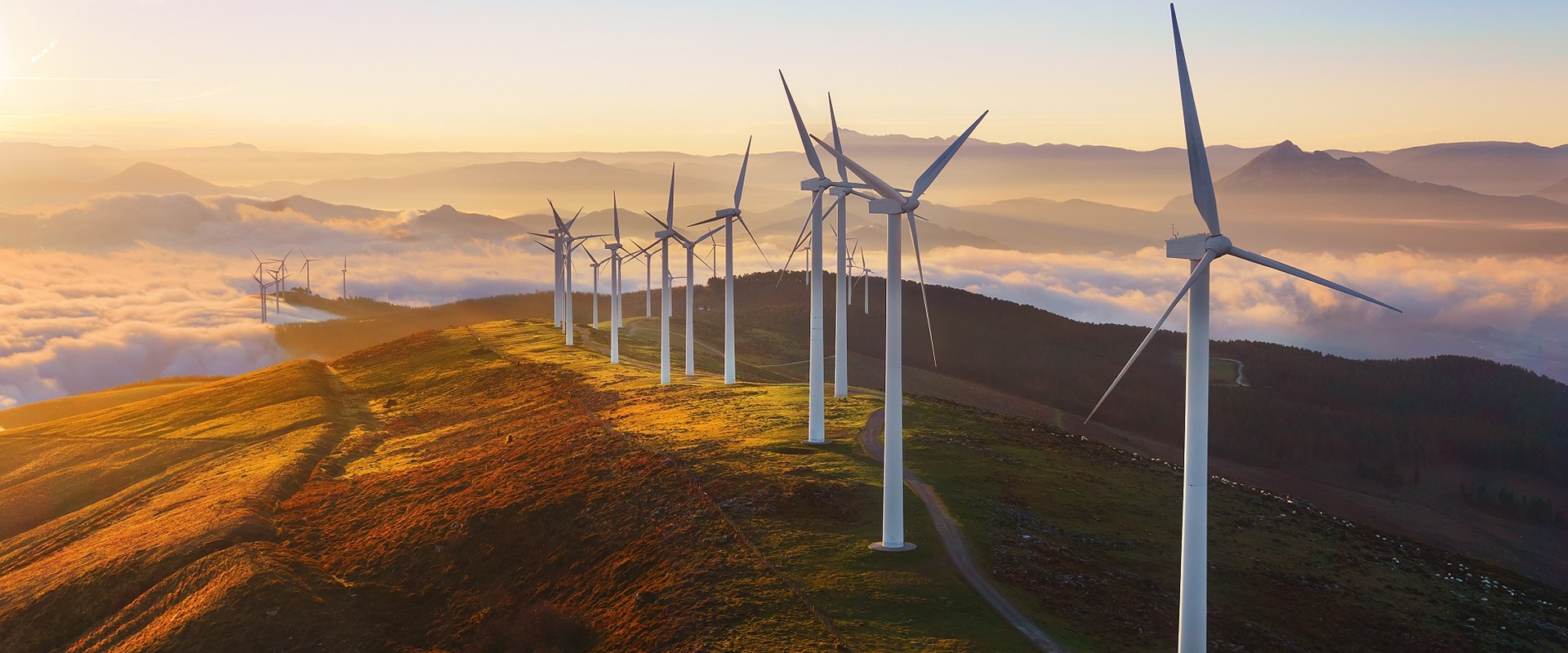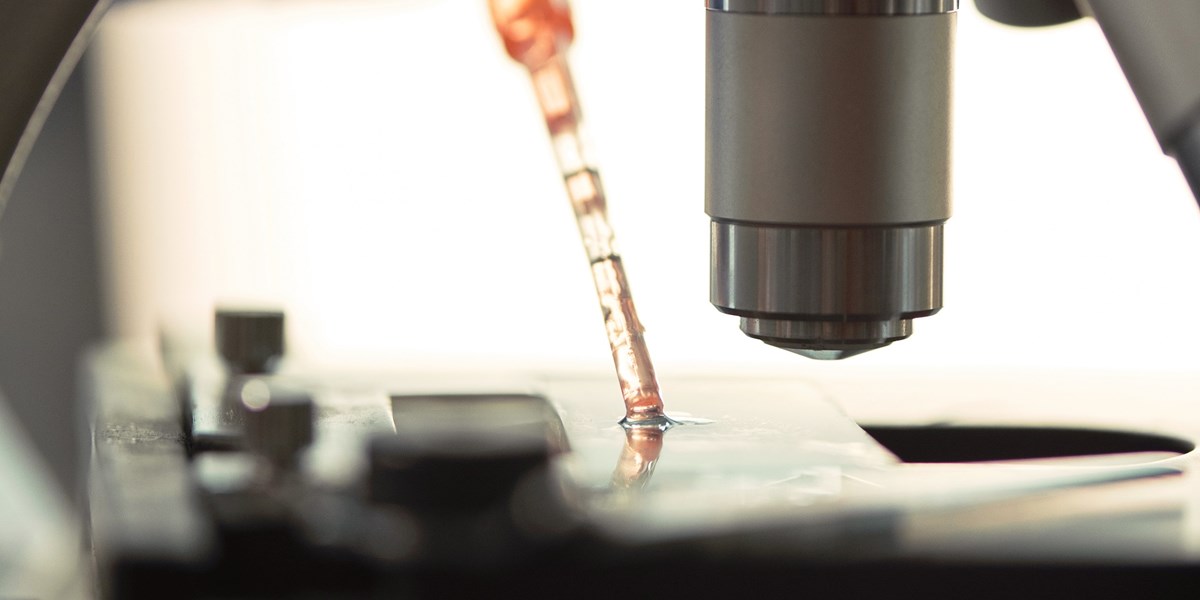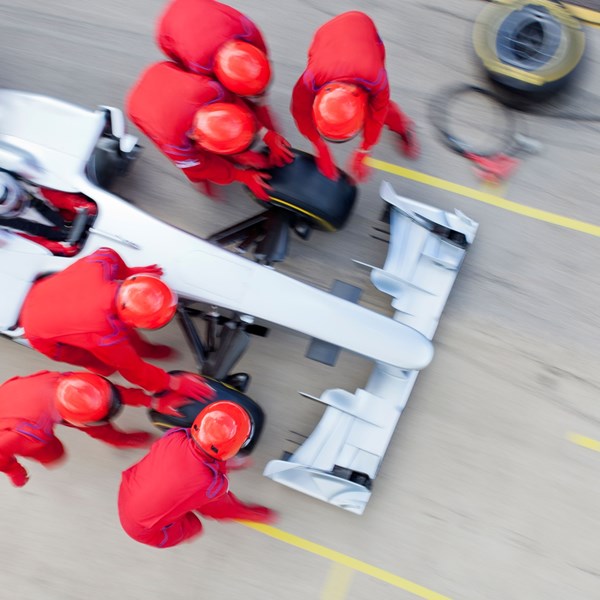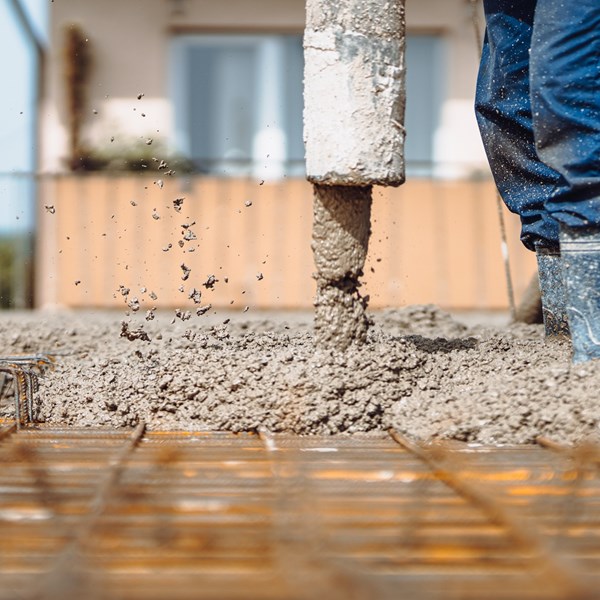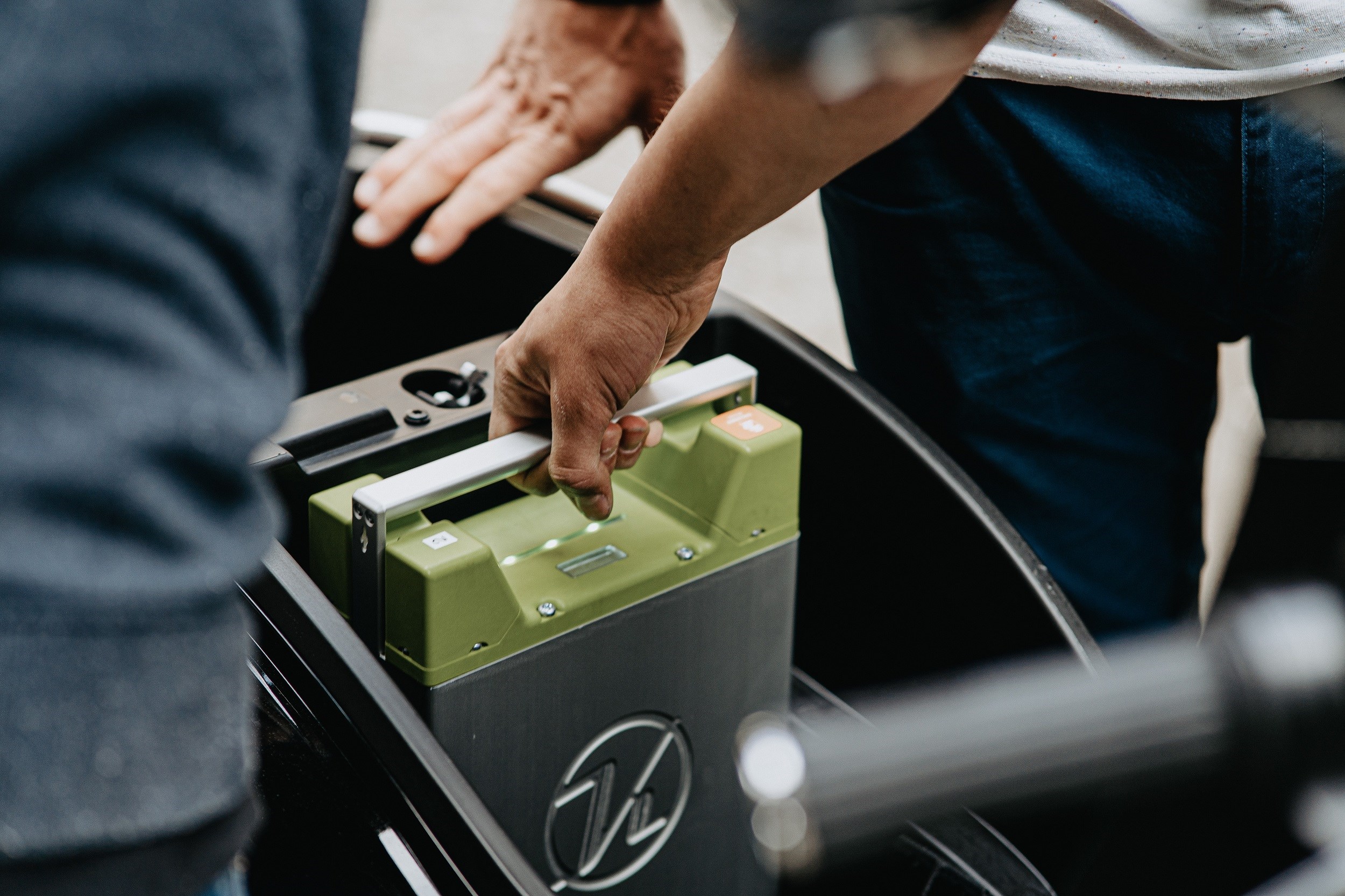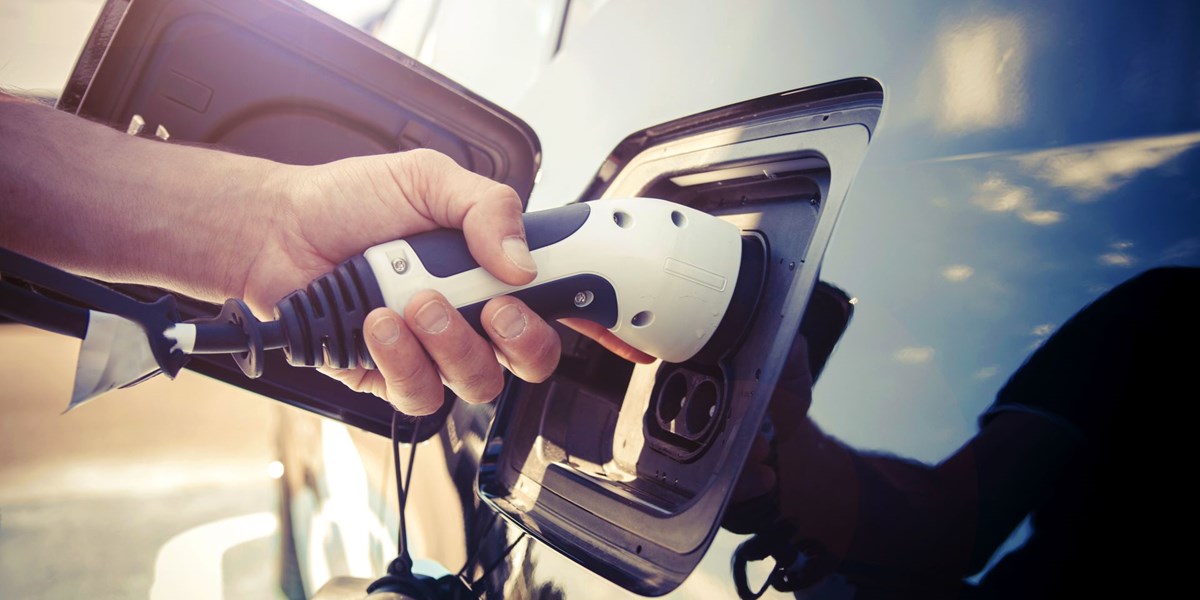Like any evolving industry, the wind power sector has seen a spike in technological advancements in the past decade, with rival companies engaged in a race to patent innovations in different or overlapping areas of technology to gain a competitive advantage.
Ben Lincoln, patent attorney and head of the energy sector group at Potter Clarkson, examines patent filing trends in wind turbine technology over the past decade to provide insight on where the sector is most likely to be investing future research and development budgets.
DEFINING THE FIELD OF INNOVATION
Going back to basics, patent applications once filed are classified based on their subject matter, which effectively makes searching for patents easier. The classification system is also used to enable patent office examiners to check if the claims of a newly filed patent application are novel and sufficiently inventive to be granted, by reviewing older patent publications that disclose similar subject matter.
As such, in the field of wind energy, the patent classification system allows us to look at patents that relate to blades or rotors; components or gearboxes; control of the turbines; generators; nacelles; off-shore towers and on-shore towers.
PATENT FILINGS ON THE WANE - BAD NEWS FOR INNOVATION?
Using the number of patent applications that were filed in a particular year as a barometer of the level of innovation in the sector, the first clear trend is that the years 2007 to 2011 show a flurry of innovation, with patent application filings peaking in 2011 for most technology areas. On-shore tower technology managed to peak a year later in 2012.
This brings us to the next major observation - patent filings have fallen significantly, down almost 40% for blade and rotor technology and 70% for nacelle technology. Wind turbine gearbox technology and components, as well as on-shore tower technology, are perhaps bucking the trend more recently and seeing an increase in innovation.
The reasons for changes in the number of patent filings are complex, and typically a combination of the general economic climate, fluctuations in research grants and funding that may be available, and the shift of resources associated with a product’s lifecycle from research and development to commercialisation. The trend is very much consistent with global investment in renewable energy.
MATURING AND EMERGING TECHNOLOGIES
The filing of a patent application does not necessarily mean the invention will meet the required standards of novelty and inventiveness. Given that it typically takes three to five years for a patent application to progress to grant, we would expect to see an offset between peaks in the number of filings and grants. Similar to the trend in the number of patent filings, the number of patents being granted sharply increased between 2009 and 2012 and in 2017 we see a decrease in patent grants.
However, there are some differences to note. For example, while patent filings in the field of blades and rotors has been highest since 2007, the number of patents being granted has been greater in the field of turbine control until more recently. This may be explained by the fact that greater innovation is occurring in the field of turbine control, or it could be because the field of blades and rotors may be more crowded existing patents, thereby making it more difficult to get a patent in this technical area. More recently however, despite the number of patent filings in the field of blades and rotors falling significantly, the number of patents granted in this area has continued to increase, which is perhaps indicative of better innovation occurring as the technology matures.
General Electric Co. is the main filer, with a significant presence in the field of blades and rotors, as well as in the control of turbines. In terms of blades and rotors, General Electric Co. is filing 80% more patent applications than its closest rival, Siemens AG. Gearbox and components is a more closely fought technical area, with Siemens AG and Mitsubishi Heavy Ind LTD the leaders and Sinovel Wind Group Co. LTD, General Electric Co. and Guodian United Power Tech Co not far behind. In terms of generators, Siemens AG rules the innovation roost, but is part of a group of key players in on-shore tower technology alongside General Electric Co. and Vestas Wind Systems A/S.
THE FUTURE
As this data mining exercise shows, understanding the patent landscape in which you operate can massively help any business pursuing growth. Not only can it be used to spot problem patents as they are granted, but it can help you understand where your competitors are innovating and how best to tailor your patent filing strategy. Food for thought for wind energy product innovators looking to steal a march on the competition indeed…
